Hulishan Fortress (胡里山炮台, Hulishan Cannon Fort, Hulishan Cannon Platform), located in Xiamen, was constructed during the reign of Emperor Guangxu in the Qing Dynasty. The building began in 1894 and was completed in 1896, covering an area of 13,000 square meters. Strategically positioned by the sea, the fortress is divided into three main sections: the battle zone, the barracks area, and the rear mountain area. It houses two main cannons and two auxiliary cannons.
The fortress includes various facilities such as a command center, ammunition storage, concealed tunnels, an ammunition depot, trenches, officer quarters, barracks, a lookout tower, an arsenal, walls, observation posts, and shooting platforms. The structure is a blend of semi-bunker and semi-fortress styles, showcasing architectural influences from both Europe and the Ming and Qing dynasties of China, making it visually striking.
Hulishan Fortress is one of the most well-preserved coastal fortresses and serves as a significant historical site for studying Chinese coastal defense, the Self-Strengthening Movement, and military construction techniques of the time. The fortress stands as a testament to the military ingenuity and architectural prowess of the late Qing Dynasty.
Table of Contents
- Basic Information
- Location and Transportation
- Highlights of Hulishan Fortress
- Vlog about Hulishan Fortress
- Attractions near Hulishan Fortress
Basic Information
| Estimated Length of Tour | 1 – 2 hours |
| Ticket Price | 25 RMB |
| Opening Hours | 8.00 – 17.30; Last admission: 17.15 (1st October – 31st May) 8.00 – 18.00; Last admission: 17.45 (1st June – 30th September) |
| Telephone Number | 0086-0592-2088313 0086-0592-2084184 |
Location and Transportation
Hulishan Fortress is located at No. 2, Zengcuoan, Siming District, Xiamen, Fujian Province, China. To get there, you can take bus 21, 86, 96, 331, or M30 and get off at Hulishan Bus Stop (湖里山公交场站).
Highlights of Hulishan Fortress
Battle Zone
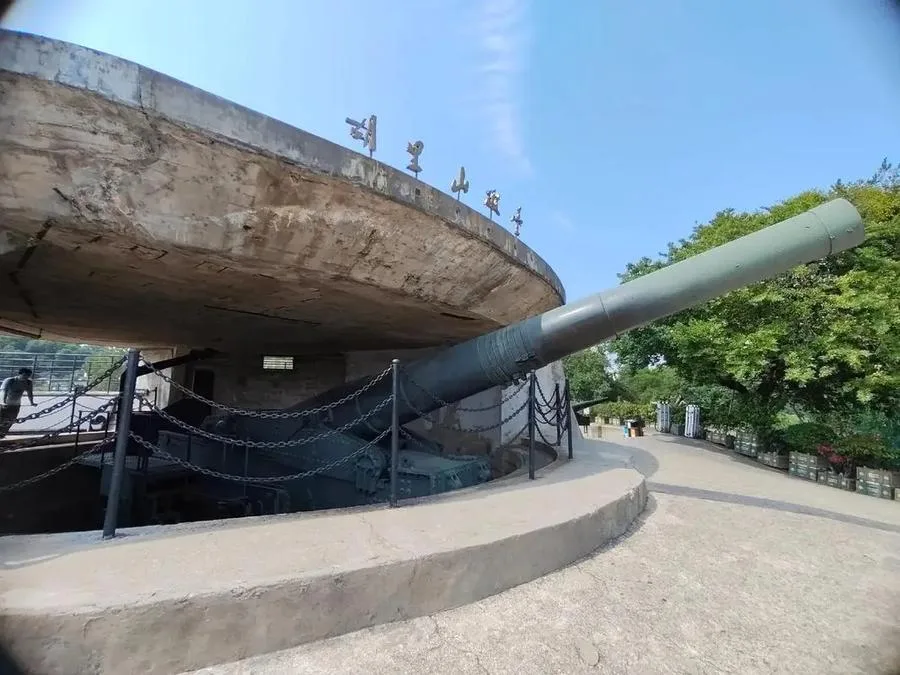
The Battle Zone is the heart of Hulishan Fortress, designed with a three-tier structure:
- Top Layer: This level houses the primary and auxiliary cannon positions. It features two Krupp 280mm cannons, each weighing 87 tons with a 13.13-meter barrel and an impressive range of 19.76 kilometers. The cannons can rotate 360 degrees, providing extensive coverage. Additionally, two Krupp 150mm cannons are stationed here.
- Middle Layer: This layer includes the operations room and the ammunition supply room. These critical areas are connected by underground passages, ensuring seamless coordination during combat.
- Bottom Layer: This layer contains the tunnels and ammunition depot, further interconnected by a network of underground passages. This strategic design allows for efficient movement of troops and supplies.
Surrounding the Battle Zone is a trench system, approximately 2 meters deep and 3.4 meters wide, extending from the Battle Zone to the officer quarters. The trench includes semicircular bunkers for individual soldiers, providing additional protection. The primary construction material for the Battle Zone is granite, with platforms reinforced by 1.3-meter-thick rammed earth made from red soil, sugar, glutinous rice juice, and the sap of the Chinese fir. Steel plates, 0.1 meters thick, are laid beneath the platforms for added strength.
Barracks Area

The Barracks Area includes a two-story officer’s quarters and 22 dormitories for soldiers. The buildings are constructed from 0.45-meter-thick granite. The officer’s quarters served as the living quarters and command center for the fort’s commander. The dormitories housed the stationed soldiers. The layout of the Barracks Area is in a well-shaped courtyard style, with the overall building height slightly lower than the Battle Zone, ensuring a strategic view and protection.
Rear Mountain Area

The Rear Mountain Area is the highest point of Hulishan Fortress, with an elevation of about 38 meters. This area is densely vegetated and features a lookout tower and the fortress’s arsenal.
- Lookout Tower: Positioned at the summit, the lookout tower provided an excellent vantage point for spotting incoming threats from the sea.
- Arsenal: The arsenal was critical for storing weapons and ammunition, ensuring that the fortress was well-supplied during engagements.
The rear mountain area is fortified with walls built along the mountain’s contours. These walls, constructed from granite, are 1.8 to 2 meters thick and approximately 6 meters high. The walls include observation posts and firing platforms, serving as the final line of defense for the fortress. All areas within the fortress are interconnected by tunnels, facilitating the smooth transport of supplies and enabling soldiers to move between defensive positions with ease.


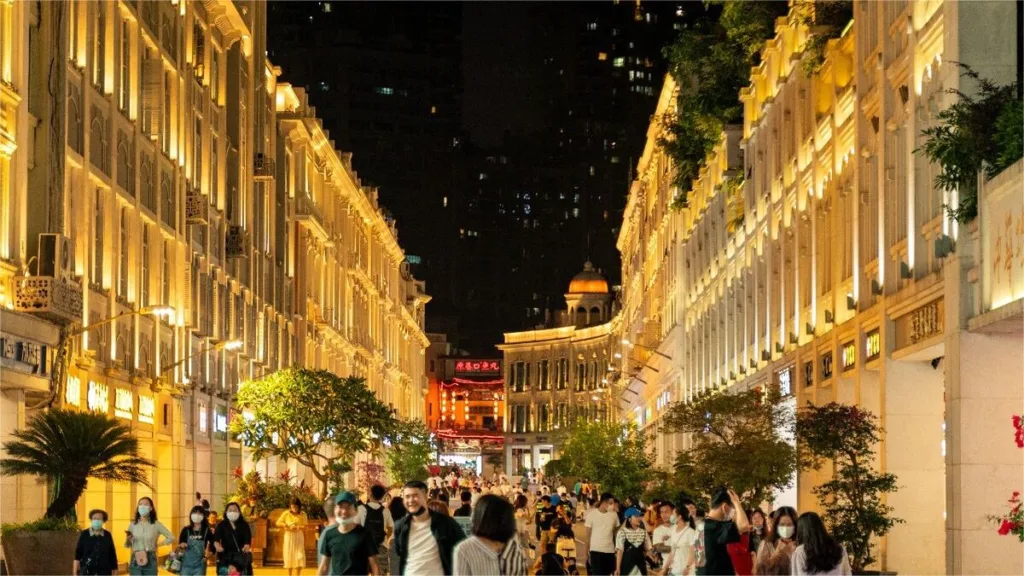

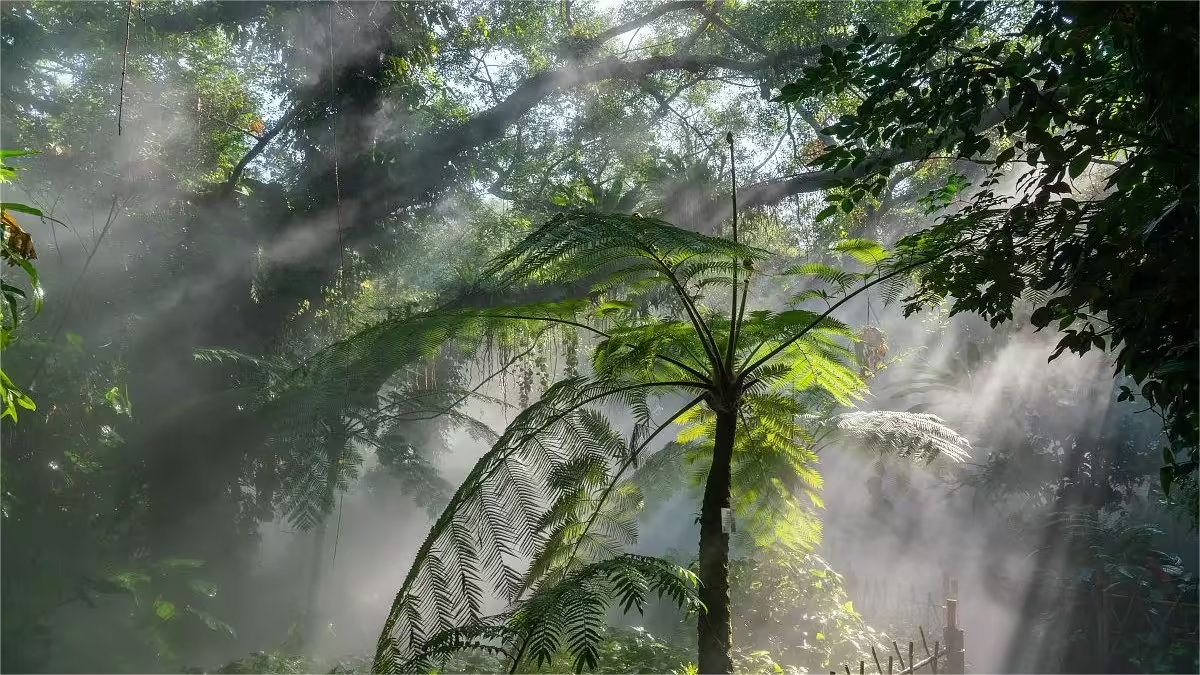
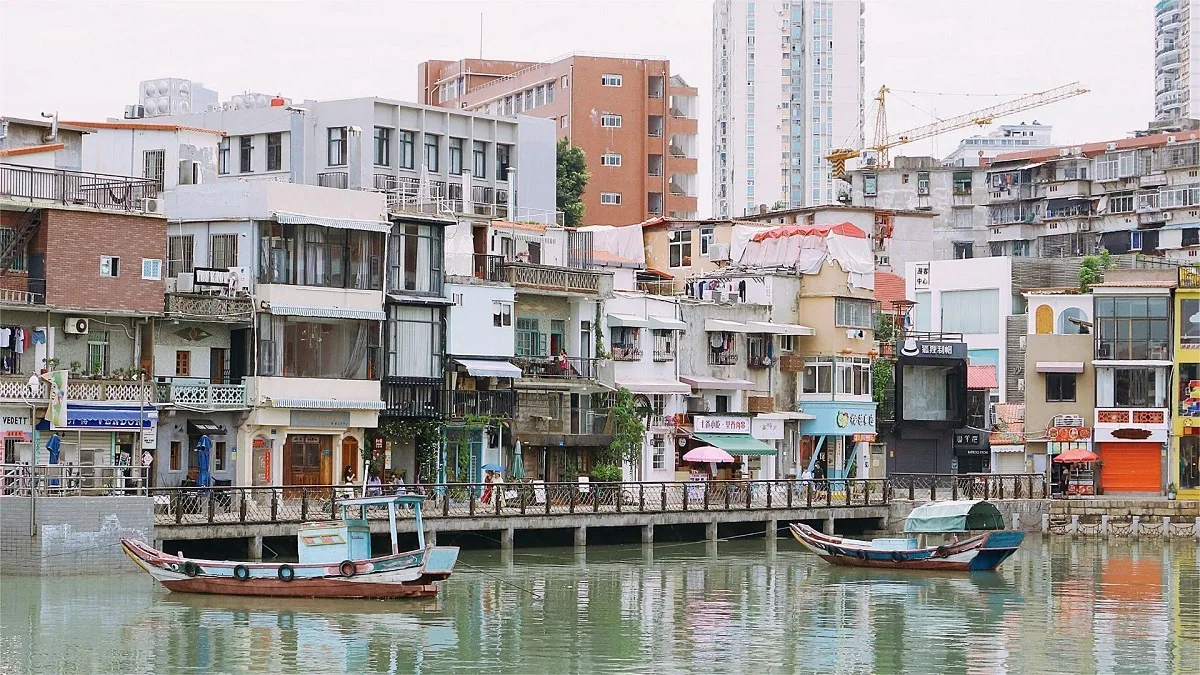
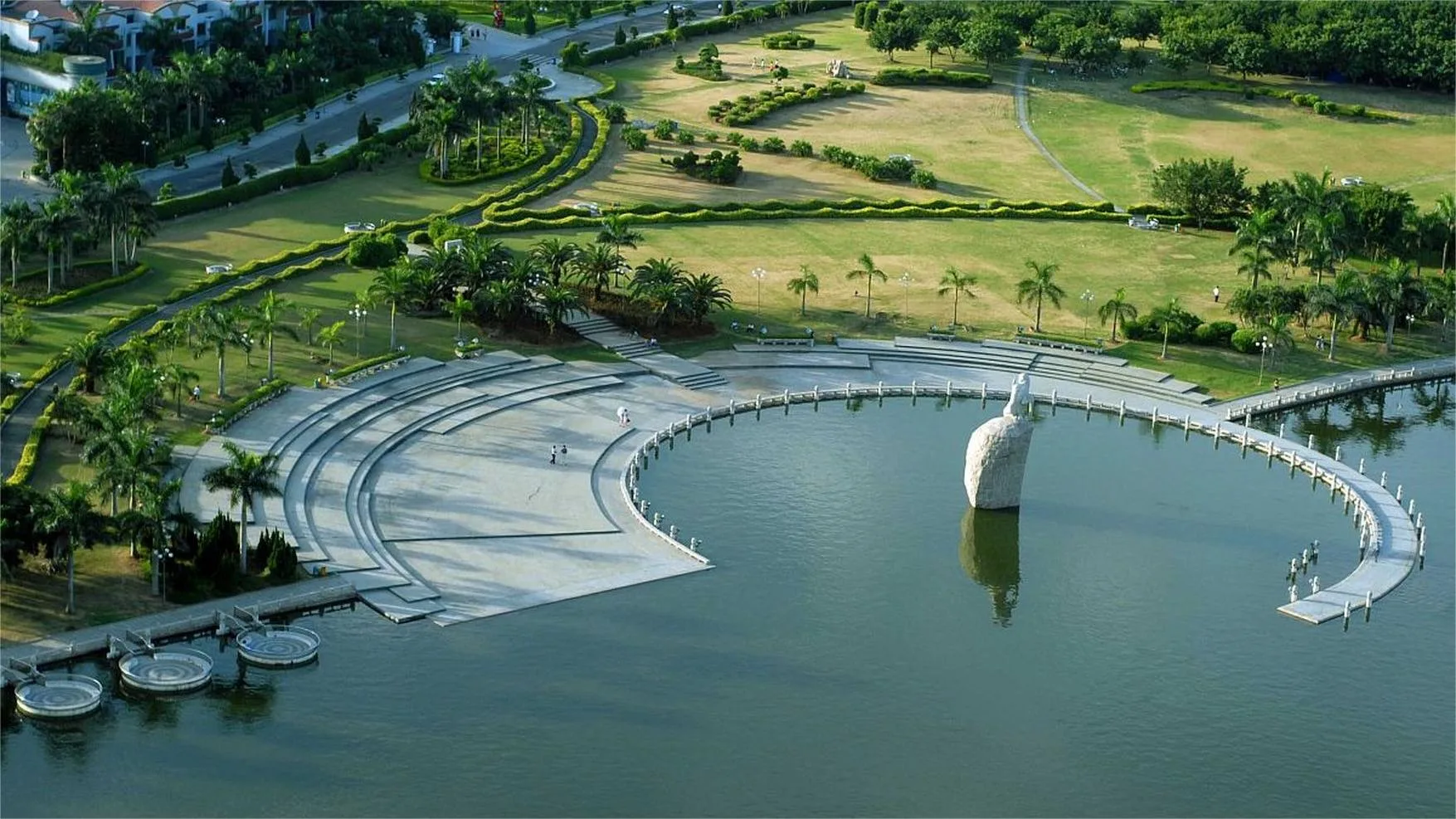


There is a cannon fort where you can also enjoy a view of the sea; the scenery is quite nice. Additionally, there are people taking photos for free keychains! You can also see the Twin Towers across the way! However, the nearby beach can be quite crowded in the afternoon.
Watching the sunset at Huli Mountain Fort is absolutely beautiful! Standing in the lookout pavilion at the fort, I gazed out at Baicheng Beach, and it was filled with vibrant energy.
Compared to my visit in 2022, there is now an exhibition of centenary paintings. Also, there is an air cannon activity, costing 15 yuan for 3 minutes and 20 yuan for 5 minutes. Many adorable little kids are having fun launching the cannons.
The largest cannon is the Kurobur, and it seems like it can shoot for several kilometers. The Qing government must have spent a lot of money on it. It’s a great spot to watch the sunset without having to compete with the crowds on the beach.
Here, you can not only see the First Big Cannon but also overlook Baicheng Beach. The greenery is abundant, and the air is fresh. Although there aren’t many entertainment options, it’s still worth a visit.
The weather today is simply wonderful, with blue skies and white clouds over the blue sea. I arrived at Huli Mountain Station by bus, and as soon as I got off, I could see the entrance. I got there at 8:40 and unfortunately missed the 8:30 welcoming performance. Once inside, I took a stroll around the area; the scenery is incredibly pleasant. I also caught a 4D film, and it’s truly hard to believe how much we cherish the current… Read more »
If the weather is good, you can use the coin-operated binoculars on the battery to gaze at the opposite Kinmen Island and experience the distance between the two sides of the strait.
I highly recommend visiting Hu Li Mountain Fort in Xiamen. The cannons are truly impressive! You can also buy one or two souvenir coins there.